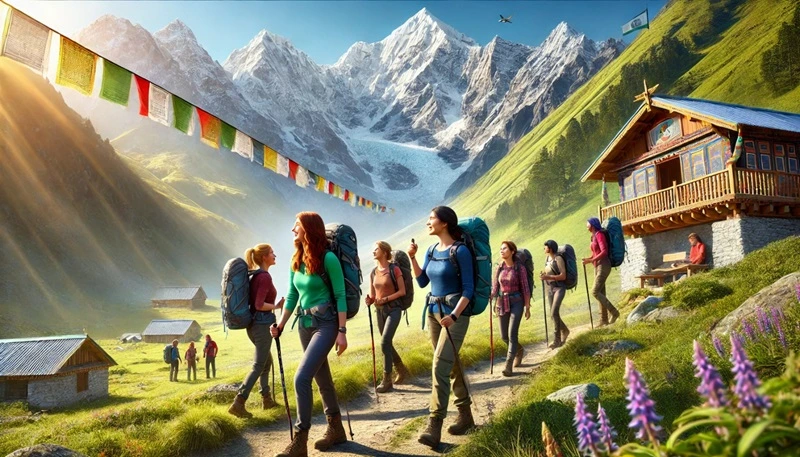From Vinyl to Grasscloth A Guide to Wallpaper Materials
Choosing a new wallpaper for your home can be a fun and creative process. It’s easy to get focused on picking the perfect color or a pattern that you love. But before you make a final decision, there’s another equally important factor to consider the material the wallpaper is made from. The material affects its durability, how easy it is to clean, the installation process, and which rooms it’s best suited for.
This is especially important in a humid climate, where moisture resistance can be a key factor in how well your wallpaper lasts. Understanding the basics of different materials will help you select a wallpaper that not only looks good on day one but also holds up beautifully for years to come. This guide breaks down the most common wallpaper materials to help you make an informed choice.
Vinyl Wallpaper The Durable Workhorse
Vinyl wallpaper is one of the most popular and practical options available. It consists of a paper or fiber base with a printed vinyl layer on top. This vinyl coating is what makes it so tough and versatile. It is the most durable type of wallpaper, resistant to moisture, and generally scrubbable, meaning it can be cleaned with a sponge and mild detergent. This makes it the perfect choice for high-traffic or high-humidity areas. Think kitchens (where it can handle steam and splashes), bathrooms, kids' rooms, and busy entryways.
Non-Woven Wallpaper The User-Friendly Choice
Non-woven wallpapers are a blend of natural and synthetic fibers, which gives them a soft, slightly textured feel. Their biggest advantage is that they are very user-friendly to install. With most non-woven papers, you apply the paste directly to the wall instead of the paper, making the process cleaner and easier for DIY projects. They are also breathable, which can help in some environments. When it’s time for a change, they are often "strippable," meaning they can be peeled off the wall in large sheets without leaving much residue. This makes them a great wallpaper for living room spaces and bedrooms, where high durability isn't the primary concern.
Grasscloth and Natural Textures The Organic Option
For a high-end, organic look, nothing compares to natural fiber wallpapers. These are made from hand-woven materials like grasscloth, jute, sisal, or bamboo. Because they are made from natural elements, each roll has slight variations in color and texture, which gives them a unique, rich character. However, these materials are delicate. They are often difficult to clean (most cannot get wet) and can be easily damaged. For this reason, they are best used in low-traffic, dry rooms like a home office, a study, or as a feature wall. They are excellent for many dining room wallpaper ides where you want a sophisticated, textured backdrop.
Peel-and-Stick The Flexible Solution
Peel-and-stick wallpaper is less of a material and more of an application type, but it’s an important category for modern decorating. Usually made from a vinyl or polyester fabric, these wallpapers have a self-adhesive backing, much like a large sticker. Their main benefit is that they are fully removable, making them perfect for renters or anyone who likes to change their decor frequently. The process of decorating with temporary wallpaper is simple and doesn't involve messy paste or water. It’s a great option for accent walls, furniture upcycling projects, or kids' rooms.
By matching the material to the room's function, you can ensure you choose a wallpaper that is both beautiful and practical for your home.








